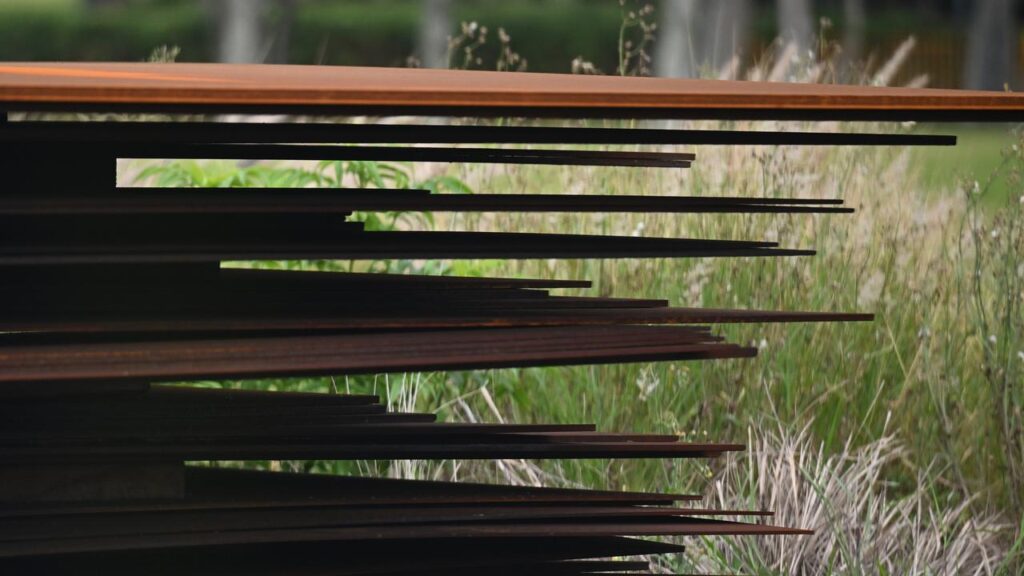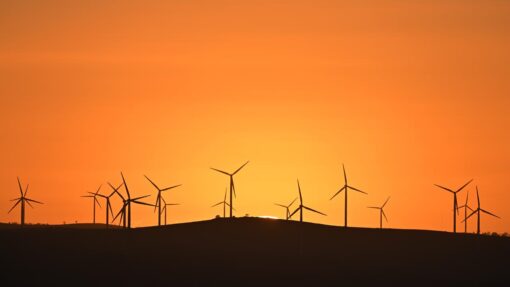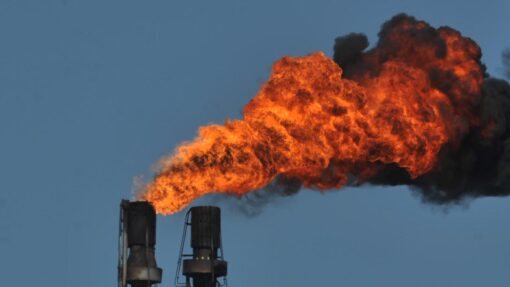Australia risks losing green iron race after head start
Jennifer Dudley-Nicholson |

Australian mining firms are not moving fast enough to seize the chance to lead the world in green metals, despite natural advantages and rising demand, a report shows.
It found competitors such as Canada, Brazil, or nations in Africa and the Middle East could outpace Australia if new or established companies did not quickly take a risk on large-scale green iron developments.
The Institute for Energy Economics and Financial Analysis issued the warning with the launch of its Australian Green Iron Tracker on Wednesday, which analysed the nation’s green iron projects, facilities, and iron ore deposits.
The tool comes after a report from The Superpower Institute estimated Australia had the potential to generate up to $386 billion from green iron by 2060.

Mining giant Fortescue has confirmed its commitment to producing the metal this year.
Green iron is created using renewable energy rather than coal, and could cut 90 per cent of emissions from the steelmaking process.
Despite bold predictions for its export, the Green Iron Tracker found Australian projects were slow to progress and were not large enough to be internationally competitive.
With the exception of two pilot programs, no green iron projects had reached the final investment decision stage in Australia, the tool showed, and most remained in feasibility or pre-feasibility stages.
Both ambition and funding approvals for green iron projects was too slow, author and institute global steel energy finance analyst Soroush Basirat said, if Australia wanted to become a major green metals exporter.
“If we don’t start today, we’ll definitely lose this game and it’s a big competition,” he told AAP.
“Brazil, Canada, even some African nations are well positioned for producing low-emission iron.”

The study pinpointed 83 magnetite deposits across Australia that could deliver iron ore in the high quality required to produce green iron, although Mr Basirat said several barriers stood in the way of its commercial production.
They included infrastructure required to service remote areas, investments in new processing facilities, and lengthy approval times.
Smaller mining firms could emerge to take advantage of the technology, he said, if larger companies failed to invest in it.
“Most of the larger scale producers in Australia are probably not eager to start that journey because their current business is unbelievably profitable,” Mr Basirat said.
“You have to spend money, you have to build infrastructure, and some are not eager … but newcomers may be.”

As the world’s largest iron ore producer, Australia has the potential to become a leader in green iron, according to The Superpower Institute, which predicted it could make four times its current iron ore revenue from the resource by 2060.
Mining firm Fortescue this week confirmed its Christmas Creek project in Western Australia would begin producing green iron later this year
Executive chairman Andrew Forrest said it would mark the “first step” in the company’s journey.
“The shift to green iron and to green steel isn’t optional, it’s a necessity,” he said.
“Green iron … presents an opportunity to secure the future of the Pilbara and fuel Australia’s economy for decades.”
AAP


